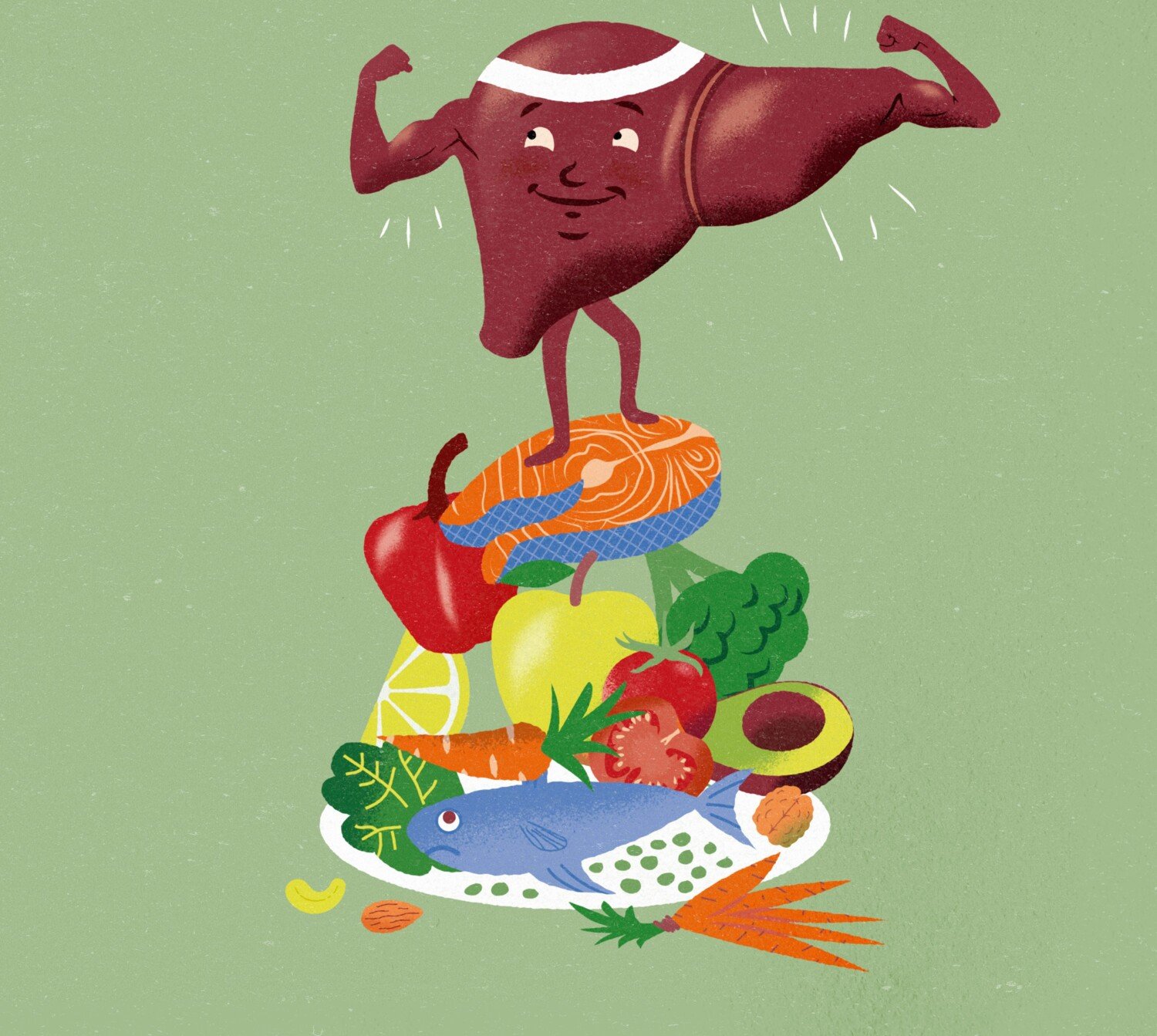Teenage drinking may predict future liver disease
Adolescent drinking predicts the risk of liver disease 40 years later, shows a new study that casts doubt on current views on what constitutes “safe” drinking.

Text: First published in Swedish in the magazine Medicinsk Vetenskap No 1/2018.
Among Alcohol’s damaging effects is increased mortality from liver diseases such as cirrhosis of the liver. However, it is unclear how much alcohol can be consumed without risking the development of liver disorders.
Advice regarding what constitutes risk drinking varies, although in some countries it is considered safe to drink up to three units per day without damage to the liver. According to a new study, this seems to bear little relation to reality.
“Our results suggest that recommended safe drinking levels may need to be adjusted downwards; a measure that, if implemented, might prevent many cases of cirrhosis of the liver.” says Hannes Hagström, researcher at Karolinska Institutet’s Department of Medicine, Solna.
The findings of Hannes Hagström and his colleagues are based on register data from 43,000 men who served in the military between 1969 and 1970, linked to data on liver disease in population-based health registers up until 2009. The results demonstrate that men who stated that they drank heavily between the ages of 18-20 were at greater risk of suffering from serious liver disorders 40 years later. The risk was clearest among men drinking over two units per day, the amount usually stated as the lower limit for risk drinking for men in Sweden. However, researchers were unable to discover any clear threshold under which the risk did not increase at all.
“What constitutes a safe level is therefore difficult to state with any certainty and, in all likelihood, fairly individual, but we also see a risk increase for consumption levels below those currently recommended,” explains Hannes Hagström.
The risk of liver disease is probably linked to total alcohol consumption over a long period.
“Alcohol consumption early in life may mean the beginning of a longer exposure, the results of which we see 40 years later,” says Hannes Hagström.
More about the liver
 Photo: Jens Magnusson
Photo: Jens MagnussonLong live the liver!
Many Swedes live with fatty liver – and it doesn’t have to be dangerous. But for some, it kicks off a course of disease in which persistent inflammation leads to cirrhosis. Medicinsk Vetenskap has talked to researchers who look after the liver – the behemoth of the belly that has a somewhat magical ability to recover, along with enormous overcapacity.
